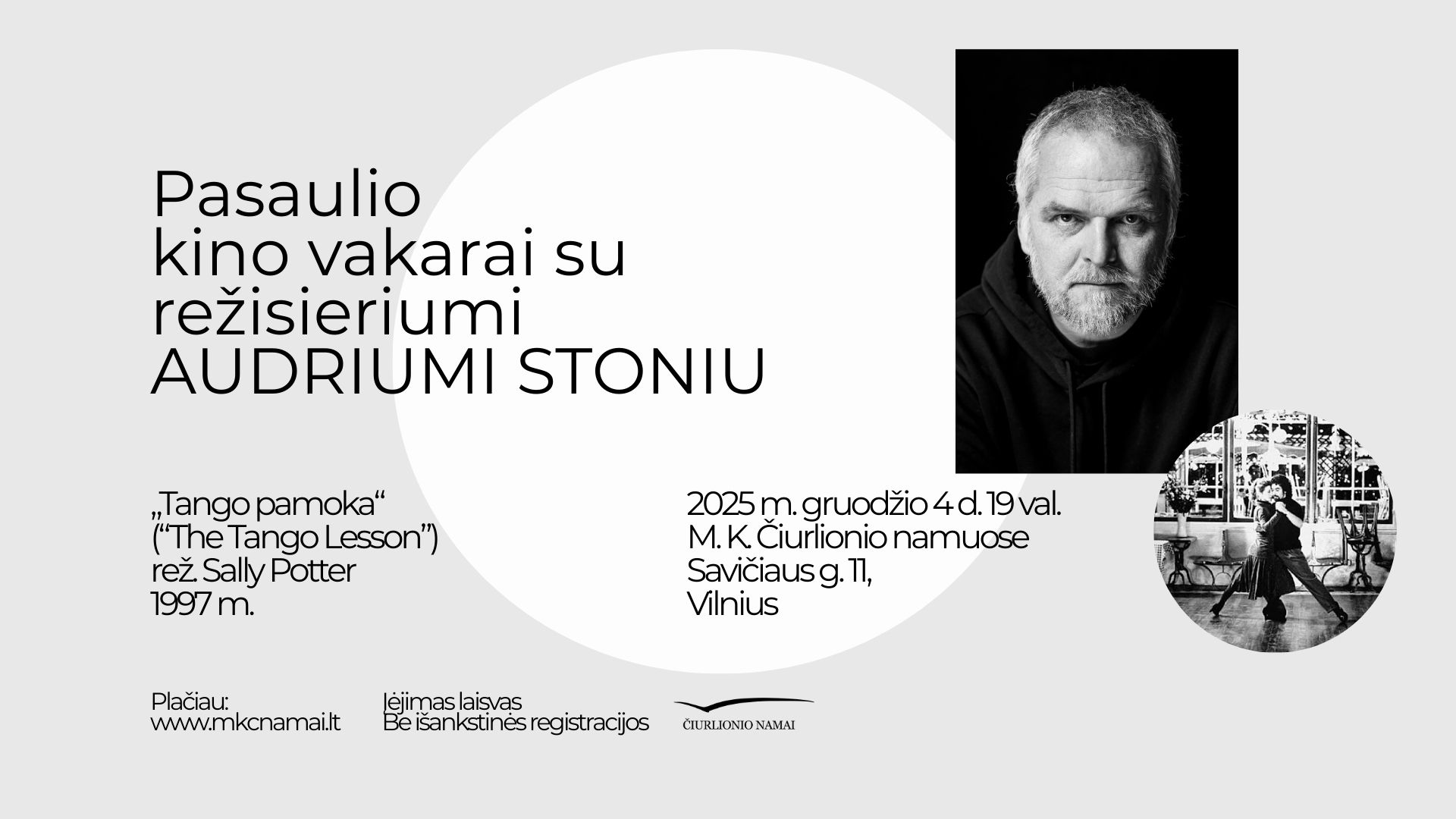
Mikalojus Konstantinas Čiurlionis. Collected Piano Works
Second edition. This publication is dedicated to the 150th birth anniversary of Mikalojus Konstantinas Čiurlionis
Mikalojus Konstantinas Čiurlionis (1875–1911) is the most famous Lithuanian musician-composer and artist of international standing. His Symbolist musical conceptualism, expressed in cycles of pictorial sonatas and prelude-fugues, still remains a unique phenomenon in art.
The largest and richest part of Čiurlionis' musical legacy is his piano works. From his first sonata, written during his study years, to preludes, variations on serial themes (fixed rows), 'landscapes', untitled pieces and the Fugue in B flat minor, completed during his last summer, Čiurlionis made an extraordinary journey of discovery over a period of 12 years. The spirit of Romanticism and the archetypal national way of hearing the world were the initial realms from which the composer developed his condensed Expressionist, transparent Neoclassical and symbolically Constructivist approach towards the New Music. (This was the perception of his Lithuanian and Polish environment at the beginning of the 20th century.) He worked extremely intensely, writing a series of mature and still ripening compositions, including several dozen true piano masterpieces.
He graduated as a composer (with the cantata De Profundis) in 1899 from the Warsaw Institute of Music (or Conservatoire), where he studied under Professor Zygmunt Noskowski. He continued his studies at the Leipzig Conservatoire
under several renowned German teachers: composition and orchestration with Professor Carl Reinecke, and counterpoint with the counterpoint expert Professor Salomon Jadassohn, graduating in the summer of 1902. Afterwards, he studied art, painted, and took part in exhibitions in Warsaw, Vilnius and St Petersburg, earning his living by giving private music lessons. He composed important symphonic works (the tone-poems In the Forest [1901], and The Sea [1907]) and also choral works. For some time, he led Lithuanian choirs in Warsaw and Vilnius, and gave concerts as a conductor and pianist. He was one of the founders of the Lithuanian Art Society in Vilnius, initiating its music section and the first competition for Lithuanian composers. He had an ambition to compose a national Lithuanian opera, and started working on it, and also sketched the stage set. He wrote about Lithuanian folk songs, folk art, and national cultural life. In the short time that fate bestowed on him, Čiurlionis shone as one of the brightest luminaries of the Lithuanian national movement.
The true international importance of his work began to unfold after his death, a process that has continued for over 100 years. This edition of virtually all of Čiurlionis' works for piano is yet another manifestation of this. It would be appropriate to call it complete, although due to issues of space and quality, it does not include most of the polyphonic compositions, the early variations, and the sonata written for study purposes (the Andante cantabile from the sonata can be found in the Appendix). The sources used in this edition include the composer's manuscripts, copies made by members of his family and friends, including from memory, and early publications. Details of the decades-long editorial and restoration work are described and listed in the commentaries following the works.
Vytautas Landsbergis (2004)

Prof. Vytautas Landsbergis ir pianistas Rokas Zubovas.
Edited by Vytautas Landsbergis
Language: Lithuanian, English
Publication sponsored by Ministry of Culture of the Republic of Lithuania
Published by M. K. Čiurlionis House in Vilnius, 2024
ISMN: 979-0-706220-16-1







